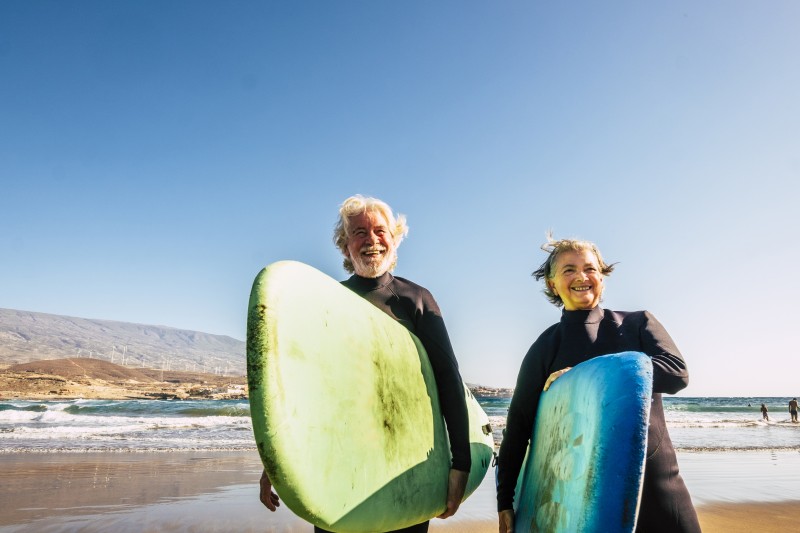Date Published: 09/04/2025
Videos show beautiful blue 'jellyfish' wash up on Murcia beaches in their thousands
The harmless marine visitors have sparked surprise along the Costa Cálida and Costa Blanca
¿Recuerdan el varamiento masivo de #VelellaVelella hace unos días en costas mediterráneas? Esta mañana (09/04/2025) ha llegado a #LaManga del #MarMenor. Hidrozoos u organismos que se mueven a merced del viento y el oleaje, inofensivos para el ser humano. Vídeo: @viviendolamanga. pic.twitter.com/mjn29FDDuP
— MeteOrihuela (@MeteOrihuela) April 9, 2025
The Mediterranean shore of La Manga del Mar Menor was tinged blue this Wednesday April 9 as thousands of so-called ‘sailboat jellyfish’ washed up along the stretch of sand that separates the Mar Menor from the Mediterranean. The striking sight caught many residents by surprise and quickly made the rounds on social networks.
Social media accounts have been flooded with photos and videos of the phenomenon, highlighting the unusual but harmless nature of these animals. Orihuela-based meteorologist Pedro José Gómez, the creator of the MeteOrihuela project, reassured his followers that the creatures pose no threat to humans.
Despite their jellyfish-like appearance, these creatures are not true jellyfish but ‘Velella velella’, colonies of hydrozoans that are commonly known as By-the-Wind Sailors in English or ‘veleros’ in Spanish.
This is not the first time they have made an appearance along the southeastern coast. Less than a week ago, they were also spotted on beaches in Torrevieja and Orihuela Costa, including popular spots like El Cura, La Zenia and Cala Capitán, dyeing the beaches blue.
¡Miles y miles de medusas velero! Así está esta tarde la playa del Cura de #Torrevieja, plagada de ejemplares de Velella Velella arrastrados por el viento y el oleaje. Estos organismos, que no son exactamente medusas, se caracterizan por su color azul y su vela y son inofensivos. pic.twitter.com/vrWGAnDZxW
— Proyecto Mastral (@ProyectoMastral) April 4, 2025
Despite their harmless reputation, beachgoers are advised not to touch them as they can cause mild irritation, particularly if contact is made with the eyes or mouth.
These organisms are typical of both the Mediterranean Sea and the Atlantic Ocean and are most commonly seen between winter and spring, especially following storms. They drift on the surface of the sea, guided by the wind and waves, and are easily recognised by their small, sail-like structures that can measure up to eight centimetres.
While their translucent blue colouring may remind some of the dangerous Portuguese Man o’ War, Velella velella are entirely different and do not possess a potent sting.
On the Mar Menor side of La Manga, the Region of Murcia government is finalising plans to ensure they are prepared at any moment to install anti-jellyfish nets that would stop the lagoon’s jellyfish from reaching the shore should there be a population boom like last summer.
Loading
See more news about animals in Spain:
OR
Sign up for the Spanish News Today Editors Roundup Weekly Bulletin to get a comprehensive email with all the week’s news for Spain, Murcia, Alicante and Andalucía.
Get a sneak peek – here are a few of our recent Subscription Bulletins:
Discount Special Offer subscription:
36.95€ for 48 Editor’s Weekly News Roundup bulletins!
Please CLICK THE BUTTON to subscribe.
Contact Spanish News Today: Editorial 966 260 896 /
Office 968 018 268







































